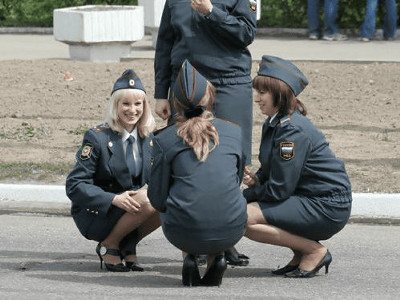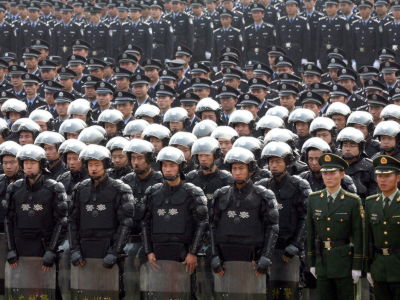Rembrandt's 'night watchman' is not actually watching at night, but, why has it come to be called 'masterpiece'?

" Night watchman (De Nachtwacht)" by Dutch painter Rembrandt in the 17th century is one of paintings called masterpiece, and it is often handled in school lessons. However, in fact, contrary to the title "night watchman", this painting is a daytime scene, and it is not a drawing of people watching. So why is Rembrandt's night watchman treated as a masterpiece, explained by YouTube channel Nerdwriter 1 .
Why This Is Rembrandt's Masterpiece - YouTube
"Night watchman" is the most famous of Rembrandt's paintings, but in fact the scene depicted in paintings is neither "night" nor "police", as opposed to the title "night watchman." This painting is a group portrait centered around then Amsterdam mayor, France, Banning · cock, the exact title has not been fixed and it is sometimes called "people of firebrand gun association led by captain Banning · cock".
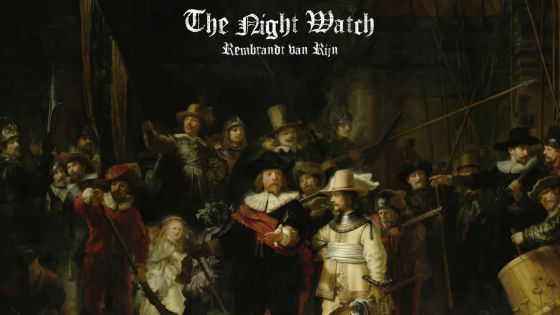
The painting came to be called a nightmen, it is said that someone called the "night watchman" when the time has come and the canvas faded and the screen got dark, it was said that it was established.
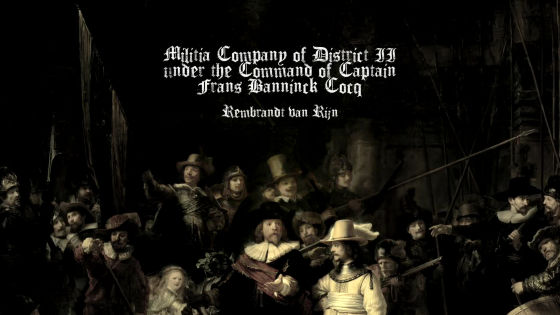
The original "night watchman" was a daytime scene, like other portraits depicting the group of wealthy people in Amsterdam.
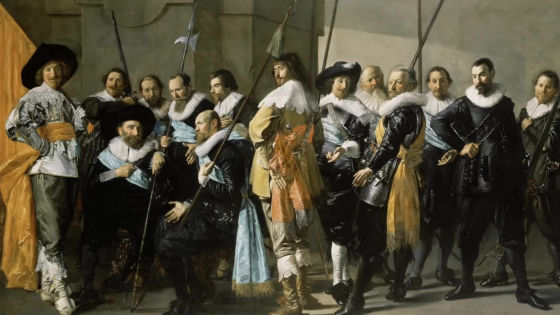
In the 16th - 17th century, a group portrait based on such security police was drawn so much as to establish as one genre. In this era of Arthur Dam, the theme of painting has shifted from spiritual things such as God to secular things, and painters have started drawing wealthy guilds.
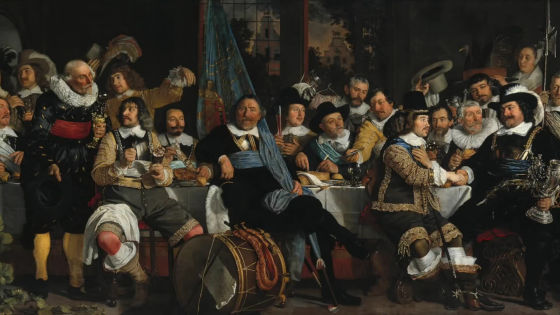
Wealthy guilds want to repeatedly draw group portraits over and over again.
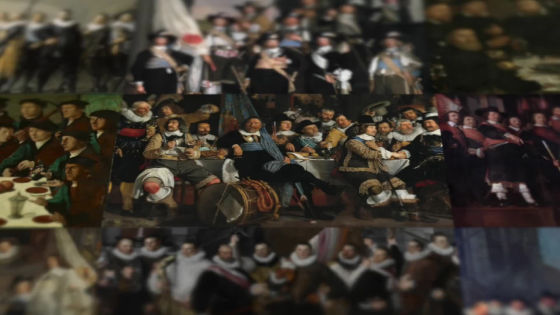
However, among them, only Rembrandt's "Night watchman" was treated in modern education curriculum.
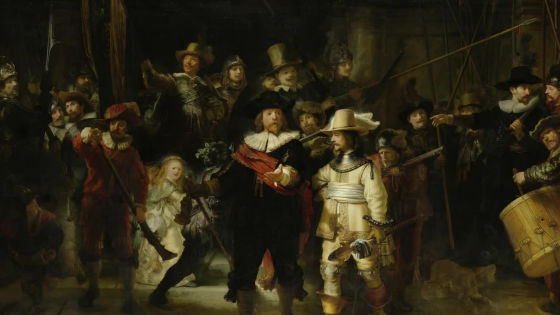
This picture is special because elements such as action, shadow and light of the scene depicted on the screen reflect Bible and historical epic work.
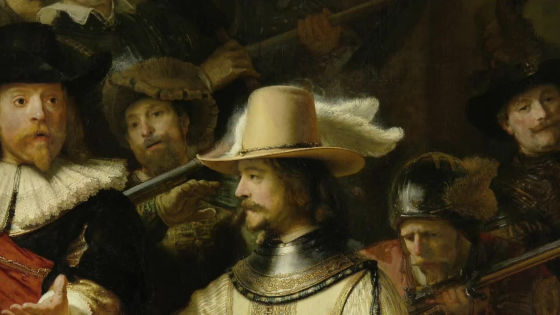
First of all, the main point of this painting is the balance between "chaos" and "unity". People on the screen are moving in various directions and take different movements, but Rembrandt succeeded in bringing "sense of unity" and "sense of unity" there. It is the captain of the cock located in the center of the screen and the deputy captain next to it. Rembrandt put other people on the line extending from these two people.
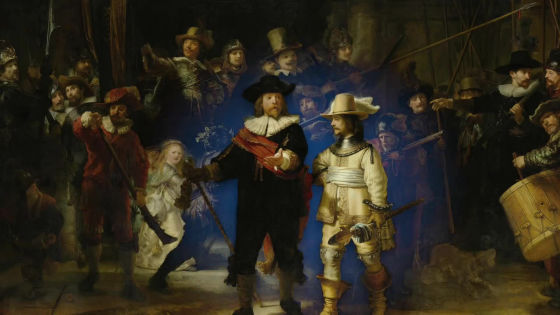
Indeed, Rembrandt draws a "line" that extends from these two people with a pole or a gun.
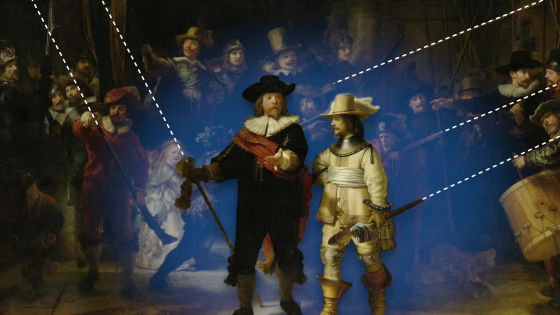
Also, it is also the point that it looks as if two people are appearing on the projection surface of the background. Sometime the hand that the cock commander extended forward has a three-dimensional feeling that people can think of coming out of painting if pulling.

Also the weapon that the deputy captain has is drawn with the depth shrunk, it looks like it seems to come out of the screen.
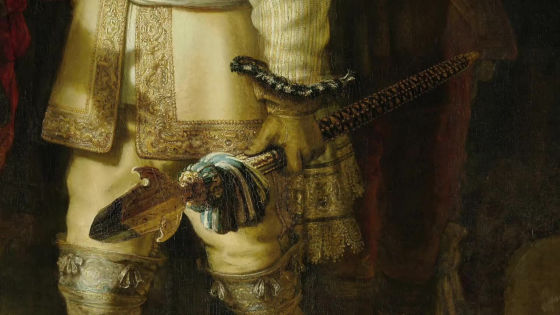
Also, while the two in front are drawn clearly ... ...
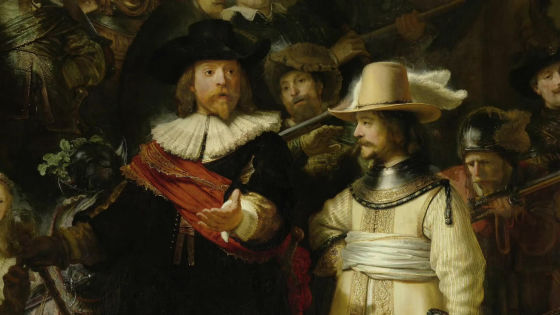
People located behind are drawn with a blurred feeling.
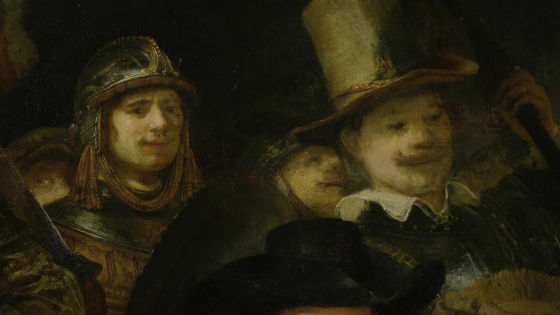
This is because the concept of the depth of field called by the camera is brought into paintings.
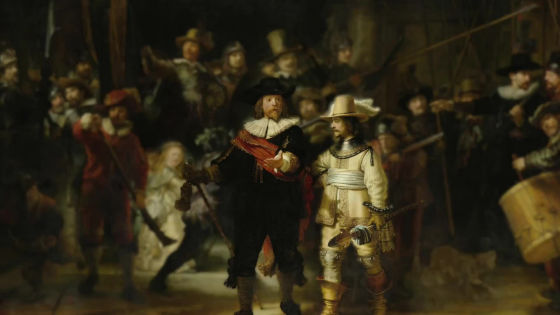
In addition, there are three people with firearms "Alka booth" just behind the two in the center ... ...
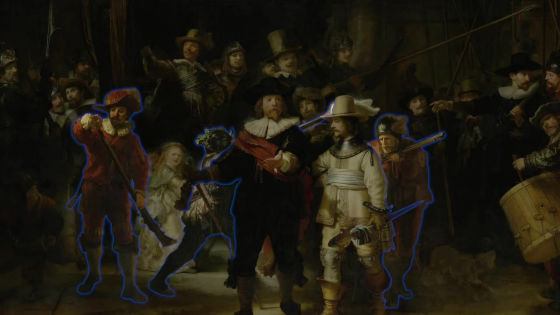
We take three actions: 'loading', 'firing' and 'cleaning'.
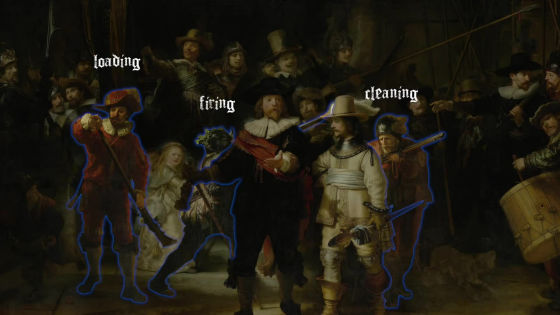
The three actions are perfectly consistent with the prints of the book "Exercise of Arms" that wrote about how to handle firearms. This is "loading" ...
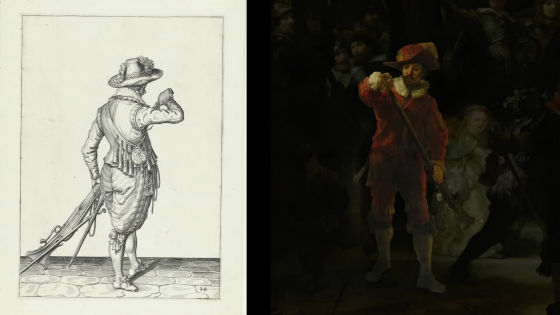
"Firing"
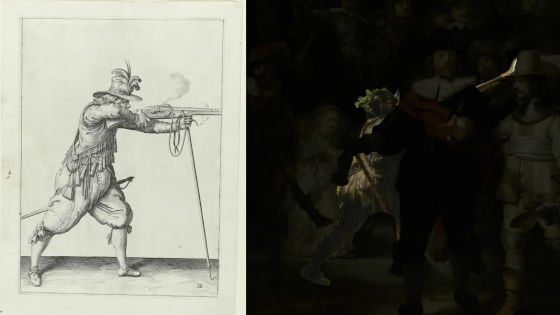
"cleaning"

Also, on the waist of the girl behind ... ...
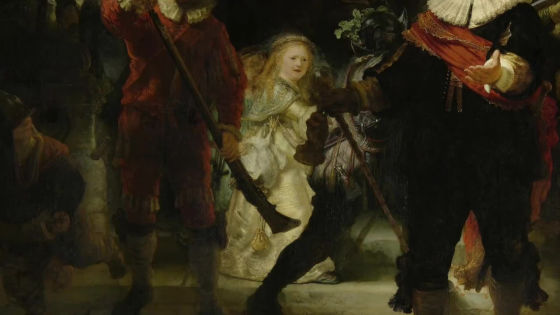
I see the legs of the chicken.
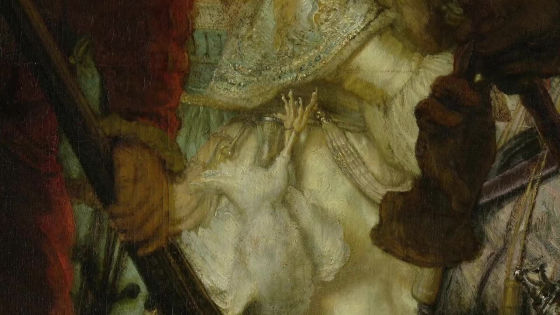
This is due to the fact that the security police "Clauweniers" embarked on the bird's hook.
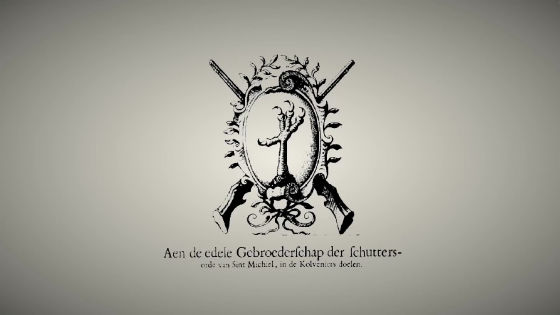
Also, the captain 's fingertip is suitable for people watching a pain ... ...
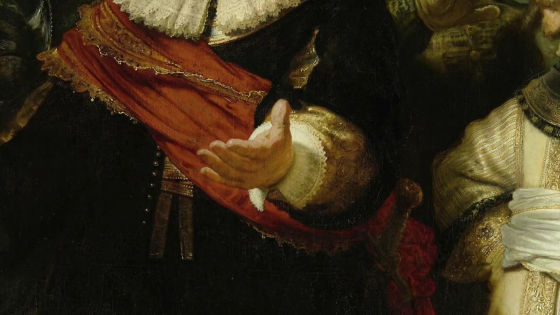
That shadow points to the emblem of Amsterdam named "Lion and three crosses" embroidered with a coach 's coat. It means that the police are protecting the city of Amsterdam.
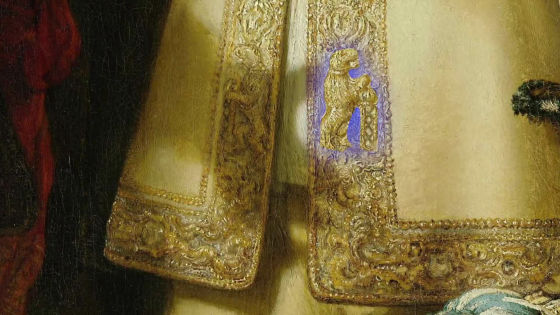
In addition, as a feature of Rembrandt's paintings, there is a technique called Kia Rosulo .
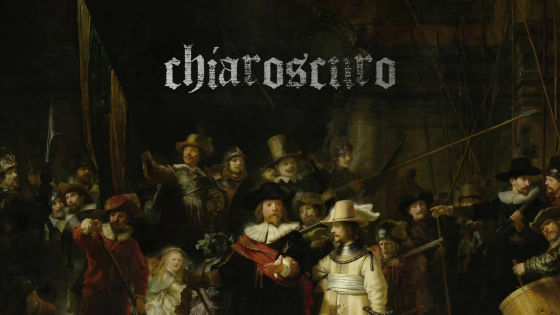
Kiarosulo is a technique that draws bold contrast of light and dark, famous for what painter Caravaggio used.
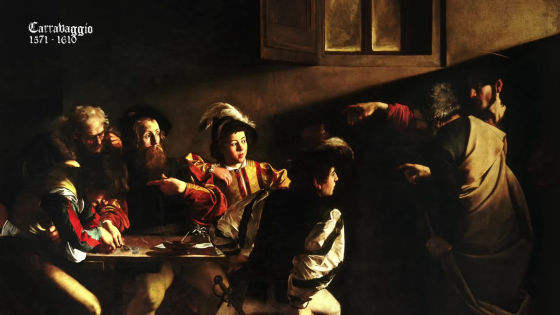
The paintings of Caravaggio emphasized the drama in the picture by painting the effect of clear light and dark, strong light.

Rembrandt used this technique in a more flexible way than Caravaggio and did not draw intense dramas but used it to create a mysterious effect.
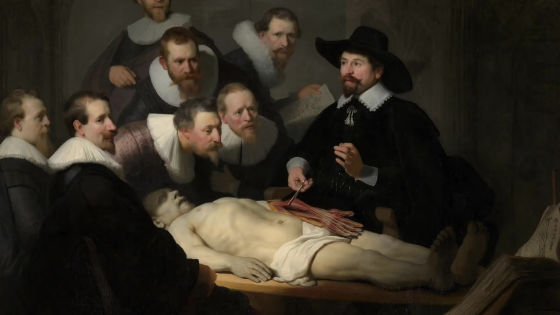
Looking at the night watch again, you can see that Kia Rosulo is being used for two people, the vice-captain and the girl behind. As mentioned earlier, these two men are wearing the symbol of the security police.
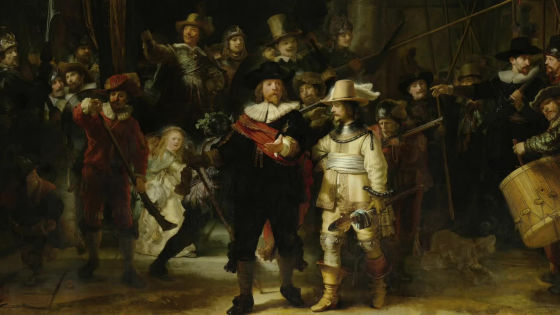
Captain Commander ordered something to the Vice-Captain, and the light was hit by the Vice-Captain, and the other members are in a shape that is synchronized with the Vice-Captain. In other words, the effect of Kiaroscuro on vice-captain emphasizes "unification" of security police.
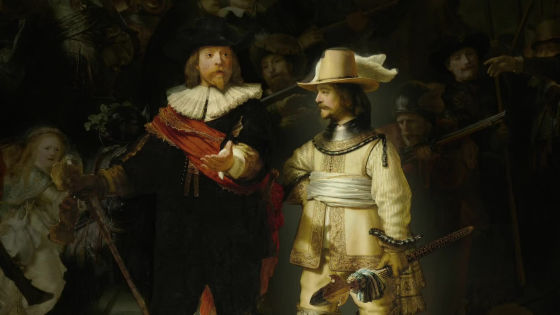
On the other hand, the effect of Chiaroscuro given to a girl is different from that given to the vice captain. A contrast is created by using Kiaroscuro for a girl on the other side of the deputy captain, and the captain seems to be isolated from the surroundings.
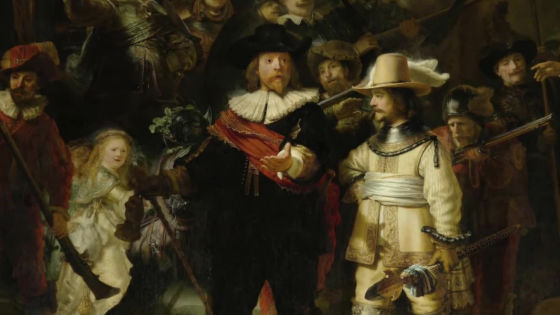
And, if you look closely, the face of the other crewmen are pointed here and there, and their faces do not mind anywhere.
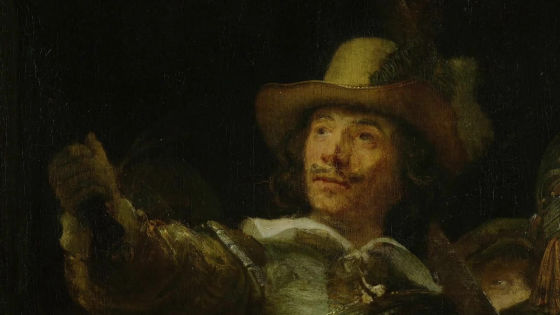
It seems that each is soaked in your own world.

The era when the night watchman was drawn just where the Netherlands regained peace after the 80 year war with Spain. The security police became ceremonial instead of being pressed for necessity, and gradually became a group collecting money by picking up weapons only to have a picture painted. Rembrandt may be unknowingly made a small fool of such security police and studded the above elements in paintings.

Whatever the intention was, it is a fact that Rembrandt's night watch was an excellent painting. Inside one picture, we put opposite elements such as "light and darkness" "state and individual", "chaos and order", and not to distinguish one of the elements. By doing so, we succeed in realizing the most important "movement" element.
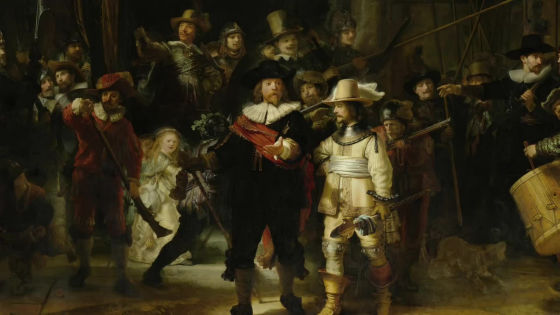
Related Posts:
